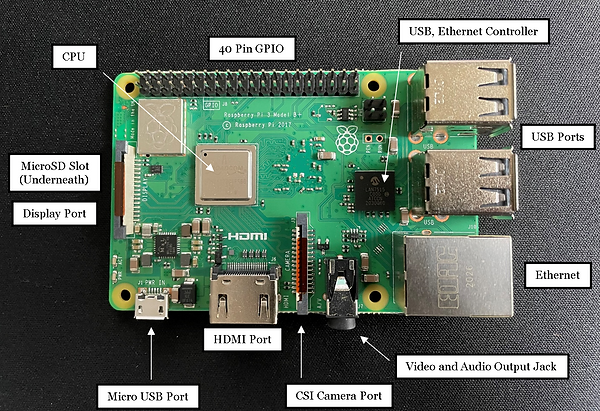
MEGR 3090: Design Webpage
By: Joseph Petite
ABOUT ME
My name is Joseph Petite and I was born and raise in the little town of Burgaw, North Carolina. Until I chose to purse degree in Mechanical Engineering and move to Charlotte on my own I had lived within the same house for the entirety of my life. I am now a rising senior at UNC Charlotte and aside from my studies I love to fill my free time by snowboarding, backpacking, and take part in unique, once in a lifetime activities.
I chose to pursue a Mechanical Engineering degree for a variety of reasons. First of which is my passion for developing technologies, design implementations and hands on work. It is these developments that shape our future as if a blank chapter in need of many unique authors. I want to be one of those authors, working to design and build new technologies, devices and or methods that could go on to make a difference in someone's life. In addition to these interests, I chose to purse this discipline because of the option for a Biomedical concentration. At a very young age my father was diagnosed with stage four skin cancer and had been given little to no chances of survival. Despite the odds my father survived and fully recovered through extensive procedures and treatment. His ability to recover, experience the world around him, and watch me grow into the person I am today can be accredited to the hard working engineers, scientists and doctors that developed these new technologies, machines and techniques of treatment.
Due to this episode in my life I decided I wanted to contribute to the progression of these technologies. Even if it is not directly associated with cancer treatment I desire to better the lives of others and allow them to live it to the fullest. I truly believe that everyone should live and lead a life that they can envy. One that leaves them with no regrets and one that leaves them clueless as to what more they could have done with their time on this earth. Unfortunately, some are taking before they can claim these statements. I hope to be a contribute part to preventing this; even if it is only for a small handful of individuals. This pursuit of new knowledge and discoveries as well as the position of being on the cutting edge of developments in an effort to better the lives of others is what thrills me. This is why I chose to become a Mechanical Engineer, to make a difference.

GERMAN INNOVATION
X-rays are a form of electromagnetic radiation, similar to that of visible light, that was discovered on November 8th, 1895, by a German scientist named Wilhelm Conrad Röntgen. Unlike visible light, x-rays possess a significantly higher energy value and therefore can pass through many objects, including most of the human body. X-rays generally have a wavelength between 10 picometers and 10 nanometers and a corresponding frequency of between 30 petahertz and 30 exahertz; while visible light has a wavelength of between 380 and 700 nanometers and a corresponding frequency of between 4.3 and 7.5 hertz . This new form of electromagnetic radiation was discovered by accident when Wilhelm Conrad Röntgen, who was a professor of Physics in Wurzburg, Bavaria at the time, was testing to see whether or not cathode rays could pass through glass. By chance, the cathode tube he had been utilizing for these tests was covered in heavy, black paper. As a result of this and to his surprise, an incandescent green light, escaping from the tube and was projected onto a nearby fluorescent screen. Through further experimentation, Wilhelm Conrad Röntgen soon found that these unknown rays had capabilities of passing through most substances and simply left shadows of complete solid objects. What objects absorbed the x-rays and what objects the x-rays could pass through was later found to be dependent on how radiologically dense the object is. Unknowing of what these new rays actually were, he called them ‘X-rays,’ meaning ‘unknown rays’.
In addition to his discoveries Wilhelm Conrad Röntgen soon found that these rays could pass through many human tissues, producing renders of both bones and other surrounding tissues beneath the body's surface, allowing accurate assessments pertaining to the human body to be made without invasive procedures. The news of this discovery, quickly spreading worldwide, was utilized to locate gunshots fragments, bone fractures, and foreign objects within the human body and can be accredited to saving numerous lives. Today x-rays are extensively utilized to plan surgical procedures, assess bone fractures, maintain dental health, locate some forms or tumors as well as an assortment of other uses. This discovery revolutionized the medical field and pathed the pathed for the discovery of other medical imaging techniques, including magnetic resonance imaging (MRI), computed tomography (CT), ultrasounds, echocardiography, and many others.
